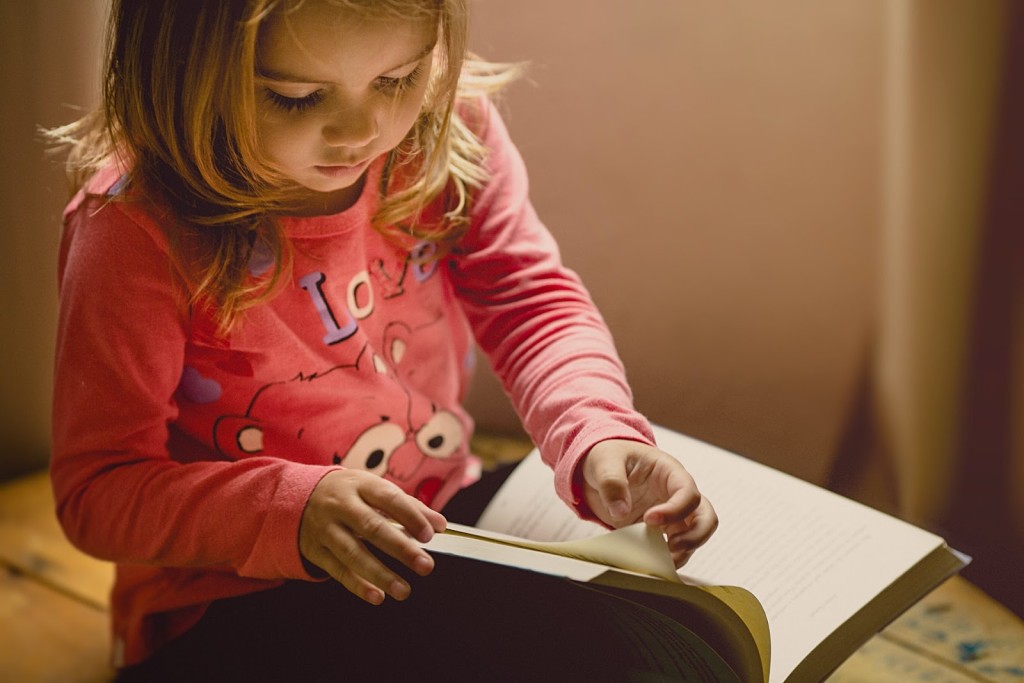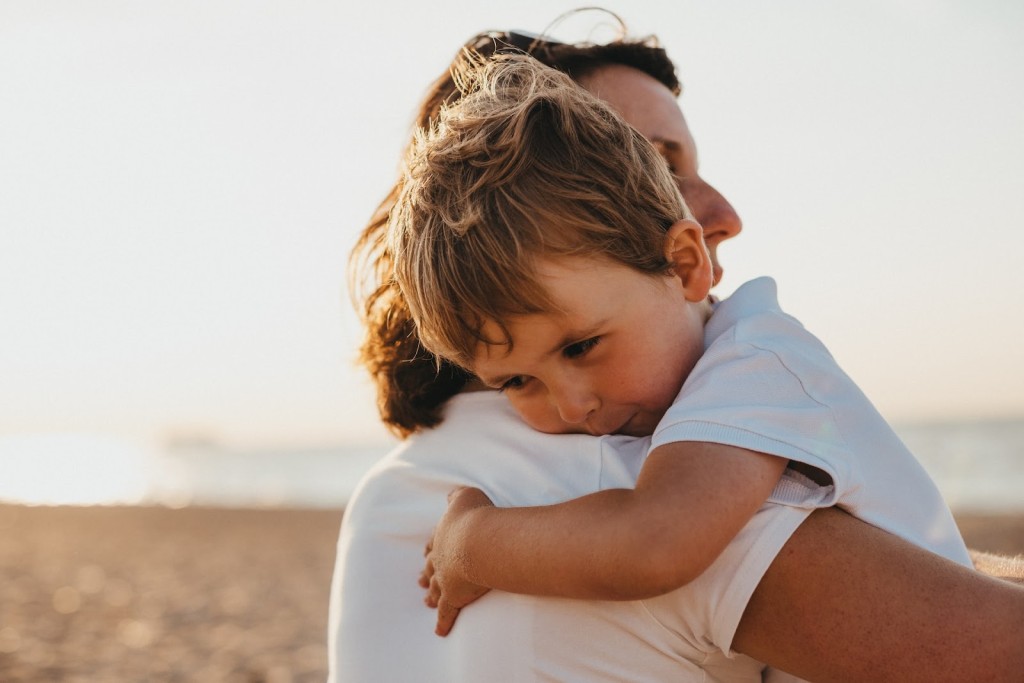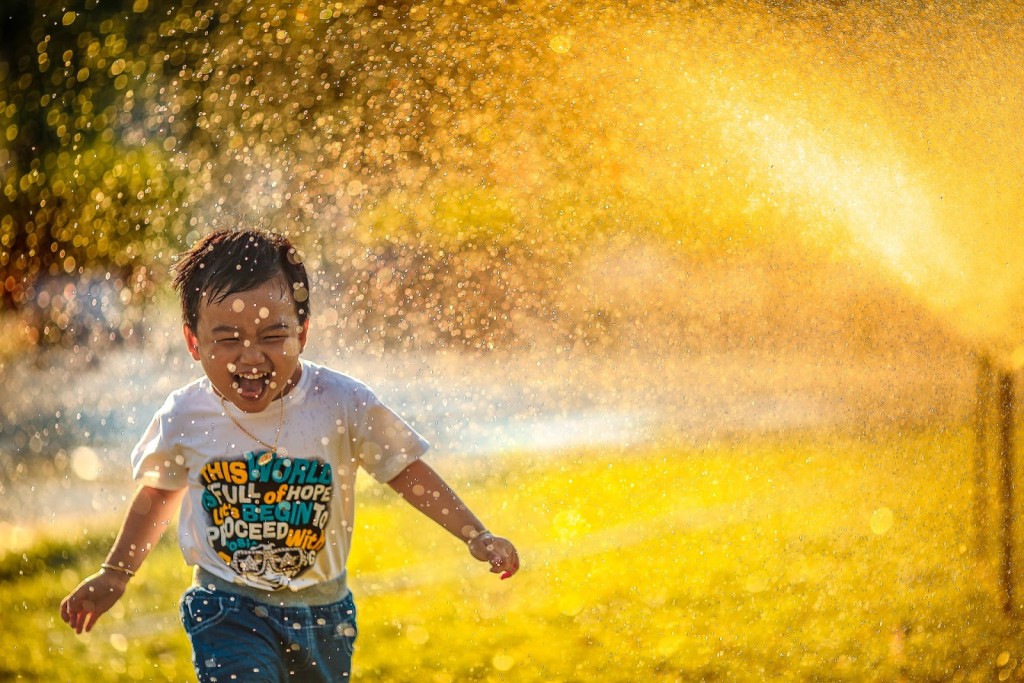Modern societies view childhood as the most vulnerable period of life, with children needing protection from different hardships. Yet, young people are experiencing traumatic life events more than we realize. Research shows that in the US, 26% of children will witness or encounter a traumatic event before they turn four.
Traumatic events refer to anything that threatens the safety or physical integrity of self or others. Examples are accidents, violent crimes, bullying, domestic violence, and other natural and human-made disasters.
In the wake of such events, children would need help with coping, especially from their parents. Here are five ways to help children recover after trauma so they can move on with their lives.
1. Get a psychiatric service dog
A psychiatric service dog can be a significant addition to the treatment plan of traumatized children because they are child-friendly, loyal, fun-loving, and affectionate. But more than that, they are specifically trained to help children recover from trauma through eliciting positive emotions and warmth, supporting social connections, and reminding them that danger is no longer present.
Some of the best psychiatric service dog breeds include Poodles, Labrador Retrievers, Havanese, Miniature Schnauzers, and Cavalier King Charles Spaniels.
2. Rebuild trust and safety
Perhaps the most significant aspect of childhood that a traumatic event can take away is the sense of safety and security. Trauma can alter a child’s perspective, making the world suddenly seem unsafe and terrible. You need to help your child rebuild their trust in both the environment and other people.
Hugging and reassuring your child can help them feel safe again. Being trustworthy by keeping your promises can help rebuild your child’s trust. Lastly, avoiding physical punishment can help prevent triggering your child’s traumatic experience.
3. Be patient with your child
When your child displays erratic behaviors and outbursts, don’t take them personally. Find ways to respond to tantrums without making things worse. Your reactions may be a trigger to your child, who is already feeling vulnerable. Stay calm, lower your voice, and acknowledge your child’s feelings. Be patient and understand that your child’s behaviors might just be their way of dealing with the trauma.
4. Engage your child
Your child will recover from trauma at their own pace and time. But you can play a major role in the healing process by simply being emotionally and physically available and spending time together as a family. Do your best to provide your kids with ongoing opportunities to talk about what they’re feeling and to ask questions.
However, don’t pressure your child into talking. Instead, just show them your willingness to listen and always be honest. The more your child opens up to you, the more they can ease their burden and forget the unpleasant memories and experiences.
5. Let the child play
Playing enables physical activity, which can help reduce symptoms of anxiety and depression and allow your kids to sleep better at night. Let your child be a child again and encourage them to play. Help them overcome their traumatic experience by replacing them with new and happy childhood memories.
Conclusion
As a parent or caregiver of a traumatized child, provide them with the tools they need to survive, help them manage their fears, and guide them as they grow. You should also understand that your child’s past experiences affect how they see and respond to their world.
But children can be remarkably resilient, especially when they have people who protect and support them. With the five tips in this article, you can take the first step in building a safer, healthier world for your child.



